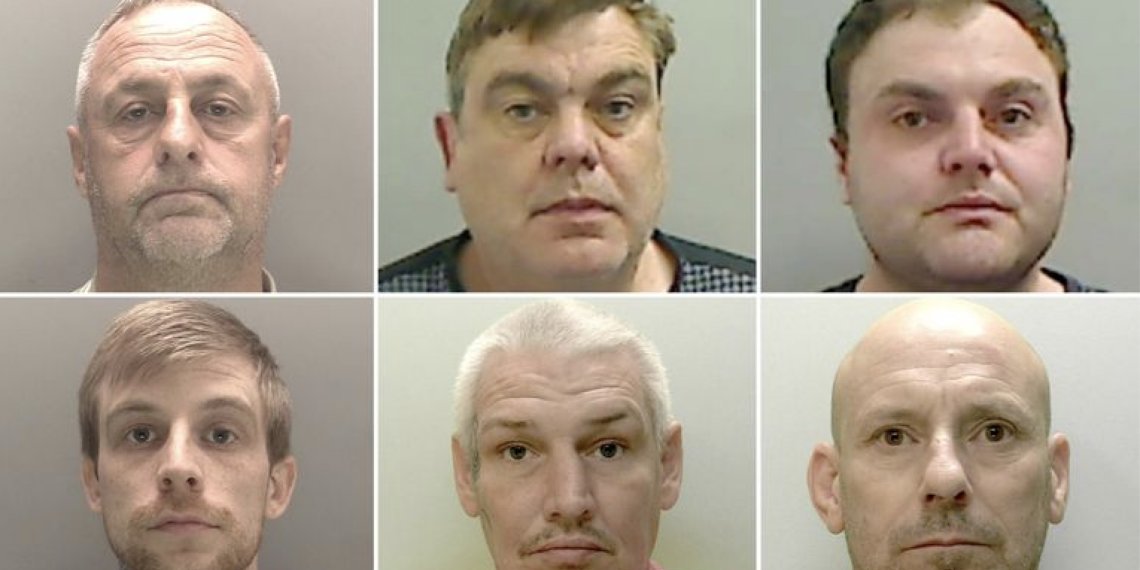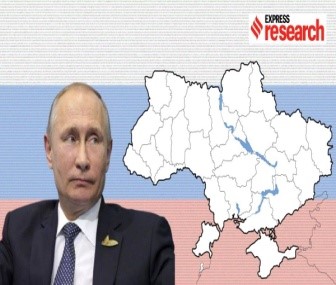Five Eyes Is Behind The Push For Biometric Collecting And Sharing Of People’s Personal Data
/arc-anglerfish-arc2-prod-mco.s3.amazonaws.com/public/4VLQPG7ZRFGJFFO5XFO5BOAJIY.jpg)
But in 2024, that personal information can crisscross the planet in seconds. There’s no way of knowing how it is used, or which countries it ends up in.
New Zealand, the US, Australia, Canada, and the United Kingdom — commonly known as the Five Eyes partners — have for the past 15 years built a burgeoning network to share ever more information about the people who cross each country’s border.
At first, the agreement was to check mainly asylum seekers’ fingerprints with one another — up to 3000 fingerprints each annually. When there was a match, more information would be shared.
But the hunger for more data has had that jump to 30,000 and then 400,000 — per country, per partner, per year — a total of 8 million checks. And it’s now not only asylum seekers, but any traveller, visitor or migrant. Those “maximums” can also be increased by mutual consent. The UK now says it may reach the point where it checks everyone it can with its Migration 5 partners.
This has all happened largely without public discussion and seemingly little oversight.
But a months-long RNZ investigation has drawn out key details. Using background interviews with officials and experts, documents obtained from countries under official information laws, US Congressional reports and archive records, this is the story of how Migration 5 was formed, what is being shared and why it has all been such a closely guarded secret.
The birth of the Migration 5
Migration 5′s goal has developed into a slogan: “Known to One, Known to All.” The five countries want to share everything they know about everyone who enters their respective countries.
It was preceded by a defence pact reached after World War II for intelligence sharing. New Zealand, Australia, Canada, the US and the UK built on those arrangements over time.
After the September 11, 2001 terror attacks on the US, a “no-fly list” was shared among states. But it had errors caused by its reliance on names. Photos were more readily available than fingerprints through immigration records, but matching them is much more fraught, controversial and inaccurate.
Biometrics was quickly recognised as a better way to track the “bad guys”.



